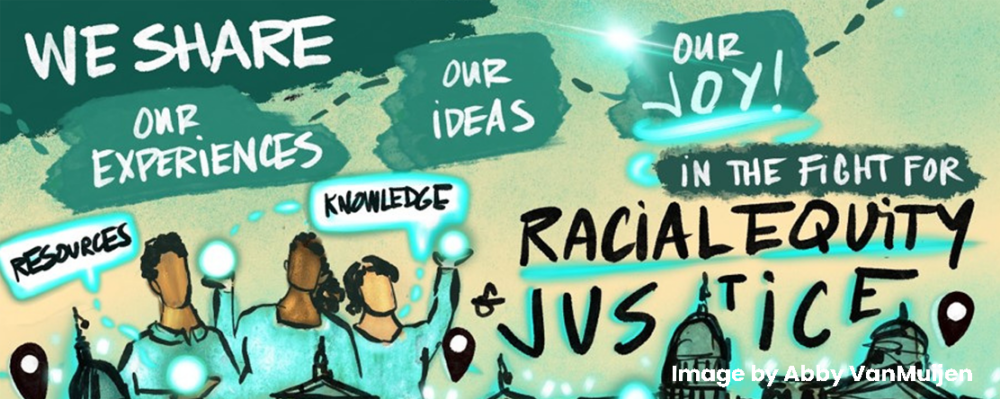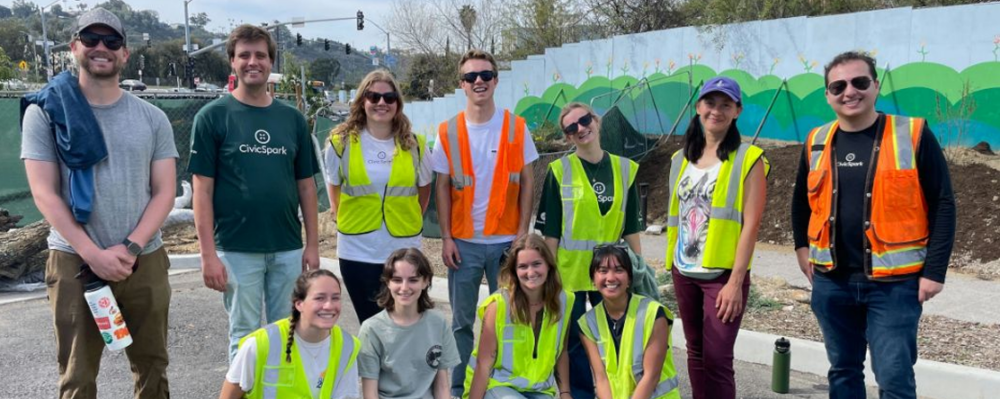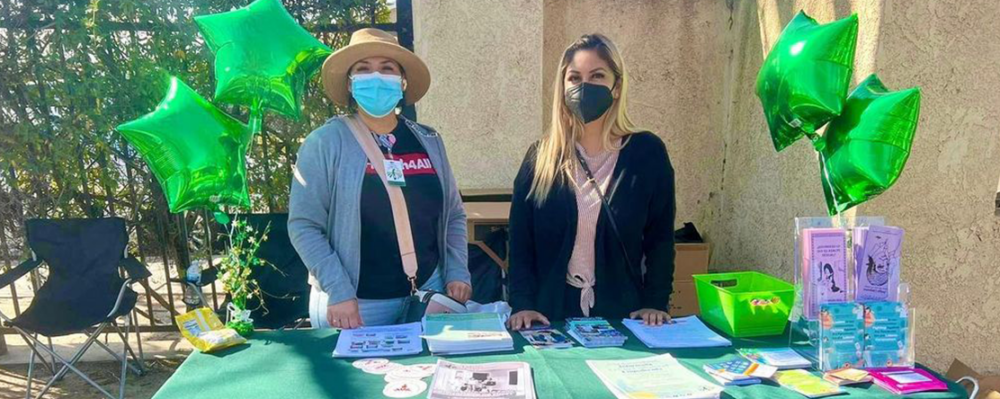
In the News
Wearables Are Missing A Crucial Aspect: Community
-
Focus Areas
Data, Technology & Innovation -
Issues
Technology & Telehealth
Most wearables today focus on an individual user but by widening the cast, there may not only be more fish to catch but greater potential for disruption.
The very populations being left out of wearable tech production phases are the same ones that will be driving the next generation of consumer electronics. These groups, experts say, are crucial to the development of effective wearables especially since the next consumer-base is a highly diverse America.
According to the 2020 Census, the majority of the U.S. will be people of color, a rise from the 38% in 2014. By 2060, the nation’s foreign-born population will reach nearly 19% of the total population, up from 13% in 2014. The African-American population more than doubled between the years of 2000 and 2010, and the “two or more races” population is projected to be the fastest growing over the next 46 years.
To people like Autumn Saxton-Ross, the only way to conquer chronic illness with wearables is through the communities in which they travel. The program director at the National Collaborative for Health Equity says it can be especially useful for households where eating habits are formed. “it’s crucial to use this technology as a way to “increase engagement between communities” whether it’s a physical location or folks suffering from the same condition. This is a tremendous opportunity to get to the roots of these issues not just if you’re eating well or being active.”
Sexton-Ross says simple apps can provide much-needed behavior changes such as prenatal care for communities like African American women who are three-times more likely to experience infant mortality. “There’s importance of making sure folks are going to the doctor and moms are doing what they need to do and eating what they need to eat,” she says. “There are similar ways to help HIV-positive folks to remind them to take their medication and do check-ups.”
Medication and appointment compliance-based devices, experts say, could not only improve healthy habits but also decrease costs incurred. But, in order to understand the barriers for at-risk people in attaining such technology, Simeonov says one has to look at the barriers of every day life for these communities. “Low-income communities suffer from many problems: lack of accessibility to food, lack of sidewalks, you name it,” Simeonov says. “If there isn’t any place to go for a walk, the [wearables] advice is hollow.”
Read the full article on Forbes.
Originally published by Forbes
More Updates
Work With Us
You change the world. We do the rest. Explore fiscal sponsorship at PHI.
Support Us
Together, we can accelerate our response to public health’s most critical issues.
Find Employment
Begin your career at the Public Health Institute.



